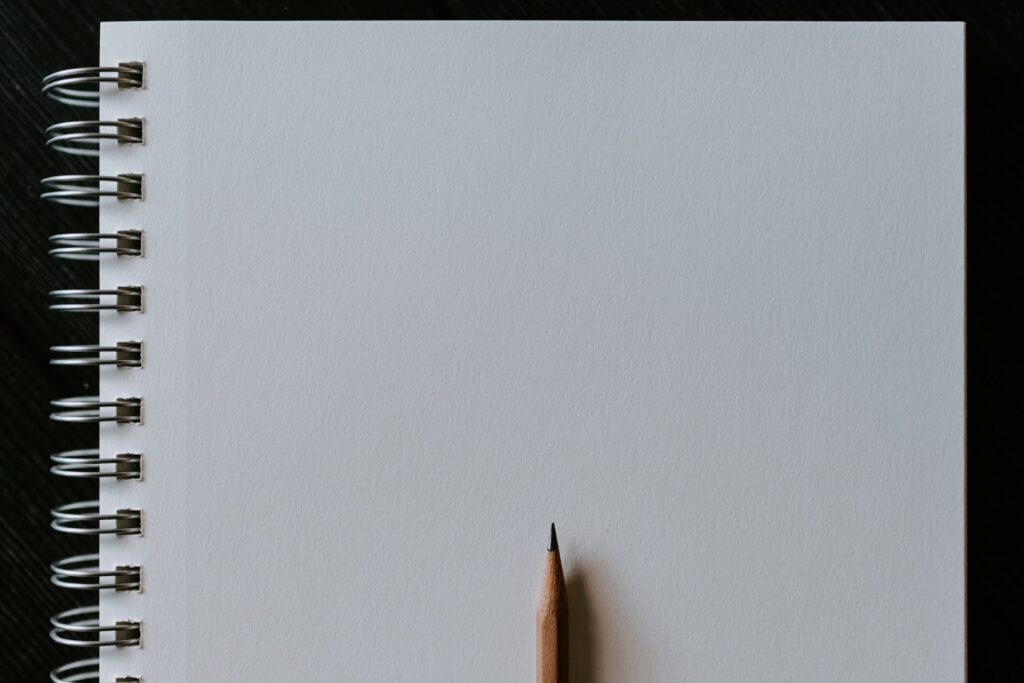Have you ever tried to take notes from a textbook haphazardly without understanding them? This is quite a common scenario among students, especially when you get lost in your thoughts as you write down important notes from your textbook.
You may even try to underline or highlight texts without remembering them afterwards. This can be counterproductive and a waste of time but can be addressed with the right strategies.
Academic excellence can only be achieved by burning the midnight candle. However, it will also require a thorough understanding of the subject matter. If you’re a kinesthetic learner who is fond of taking notes while reading a textbook, below are some strategies for taking notes from a textbook to optimize your learning procedures and study habits.
Mark the Texts Directly
If you can, mark or highlight your textbooks directly for the most critical information. You can use a pen, pencil, or highlighter to do so. If you’re reading an online textbook, some apps and programs allow you to highlight, comment or annotate on its pages.
Try to highlight, encircle, or underline anything that you think is an important topic. This can help you focus and retain the information more than directly taking notes. You may also use symbols, legends, or acronyms to better information retention. You can mark your textbooks in any way you deem adequate.
Create an Outline
Creating an outline can be likened to writing a condensed version of the contents of your textbook. This brief format proves to be effective in retaining the crucial information and technology from your source material.
To carry this strategy out successfully, you can scan the entire textbook while extracting the headings and subheadings that require summaries. Try to leave gaps between these headings to make space for your notes.
Make sure to read each from the beginning of a chapter as you fill your notes with the headings. This is so you don’t have to go back and forth from chapter to chapter just to waste time. This can also cause burnout and cause you to forget to write down other necessary information.
Writing headings and subheadings are essential for keeping your notes short and sweet. Keeping lengthy notes defeats the purpose of writing one. Textbooks exist for lengthy reading, while your notes are for memory aid. Keep that in mind as you write your headings and subheadings.
Read Before You Write

Thorough reading is an essential part of taking notes from a textbook. One of the most effective means to retain information is to understand what you’re about to write first. While writing, there’s a higher tendency for you to think of something else.
On the other hand, reading before writing gives you an upper hand in writing speed and comprehension. You can also try writing your notes from memory if possible. Accomplishing this means you’ve already mastered the subject matter and are ready for your upcoming tests. All you have to do is review your lessons through your notes.
You can also try to paraphrase everything you’ve read for better mastery. It’s a good idea to constantly push yourself to familiarize the subject matter in the best way possible. However, you do not have to absorb everything in one reading.
Go back to reading the subject matter once in a while in case you forget about them. One of the primary purposes of your notes is a more accessible and quicker reference for studying.
Focus on the Important Parts
To learn to take notes from a textbook, you must also know the techniques to identify essential parts and focus on them.
You can determine which textbook parts are important by listening to your instructor. They usually discuss and delve into topics they deem necessary.
Listen attentively while taking notes during class. This way, you can organize your notes better and better understand the subject matter without overloading your brain with less pertinent information.
Another technique is to pay attention to the textbook’s bold, highlighted, or colorful parts. These are hints from authors expressing that the topics are crucial and should be read or memorized without fail. The said portions could also be asked during examinations. Paying close attention to them is key to passing.
Customize Your Note-Taking Method
Use visual cues to distinguish information in your notes. For instance, you can use diagrams, highlight a portion, or even arrows for better readability and retention. Others also use stickers that are pleasant to the eyes.
Regardless of the note-taking method, you’re planning to employ, ensure you’re comfortable with it. What might be effective for another person may not work for you. It’s a trial-and-error process you have to go through as a student.
Choose a visually pleasing and stimulating note-taking method for you to stay motivated reading your notes come exam time. You may use stationeries or other colorful writing tools to make your note-taking experience more fun and exciting rather than dragging.
Use Graphs and Charts
Subjects such as mathematics or physics may require using graphs and charts for better illustration. You can also use the same strategy for research-heavy subjects. Main definitions and concepts can only be understood better with good examples presented through these graphs. You can draw or paste them on your notes as neatly as you can for your convenience.
While copying everything from your textbook to your notes is not advisable, you can never skimp on these examples and illustrations.
You wouldn’t want to reread your textbooks when you forget a particular concept. All you have to do is open your notes for reference, and you’re prepared for your upcoming tests.
Proofread Your Notes

Inaccuracies may ruin your notes if left uncorrected. Thus, for better time management, checking your notes for minor or substantial errors is advisable. This is especially true for subjects with technical terminologies and concepts such as chemistry and geometry.
Professors or instructors will never consider misspellings during exams, so ensure that your notes are 100% flawless.
Moreover, proofread your notes for inaccuracies in figures, dates, and terminologies. You cannot afford to incur mistakes during recitations or quizzes by simply missing out on these details.
Some students proofread their notes section by section or in their entirety. You can choose the method that fits your learning habits.
Write in a Conducive Environment
Efficient studying boils down to the kind of study nook you’re in. Working on your notes in a distraction-free zone proves to be more productive than working in, for instance, your bedroom. You also cannot study well in your living room, where people watch TV.
If you have time, you can head to a library and see if that works for you. You can also get the necessary motivation from a place where other students are reading their materials.
Do not hesitate to change locations if you’re having difficulties wrapping your head around a topic. Location plays a crucial role in the retention of information. Help yourself and improve your study habits in a conducive environment.
Learn Better Through These Note-Taking Tips
This list is not all-inclusive, and you may add to these strategies to improve your note-taking skills and information retention.
Ultimately, do not cram writing your notes or studying your materials. Take notes in all your classes, and see the difference in your grades for yourself. You’ll be amazed at how time management and hard work go a long way in helping you excel academically.
FAQS:
How do I extract notes from a textbook?
To extract notes from a textbook, you should follow these tips:
1. Thoroughly analyze and understand the essential parts of the textbook.
2. Design an outline.
3. Skim for critical information.
4. Paraphrase the content in your words.
5. Write notes from memory.
6. Add graphs and charts.
7. Remove grammar and spelling errors from the notes.
Should you take notes from a textbook?
Yes, you should take notes from a textbook. It will help you to go through the critical information quickly and revise it before any test or exam. As a result, you won’t have to go through the enormous chapters of the textbook again and again.
How long should it take to take notes from a textbook?
The amount of time to take notes from a textbook depends on the complexity of the topic and how much information you add to the notes. Generally, you should go through the entire chapter to only add important information and save time while making notes.
How do you take notes when reading a book?
You can take notes while reading a textbook by highlighting and underlining the vital information and then writing it down on a separate paper to create easy-to-understand notes.
Sources:
https://learningcenter.unc.edu/tips-and-tools/taking-notes-while-reading/
https://gradepowerlearning.com/how-to-take-notes-from-textbook/
https://lptutoring.com/take-notes-textbook-right-way/
https://www.chinemeiloh.com/how-to-take-notes-from-a-textbook/
https://www.cornellcollege.edu/student-success-center/academic-support/study-tips/reading-textbooks.shtml
https://www.neit.edu/blog/how-to-read-a-textbook
https://oxfordsummercourses.com/articles/how-to-take-notes-from-a-textbook/
https://fs.blog/taking-notes-while-reading/